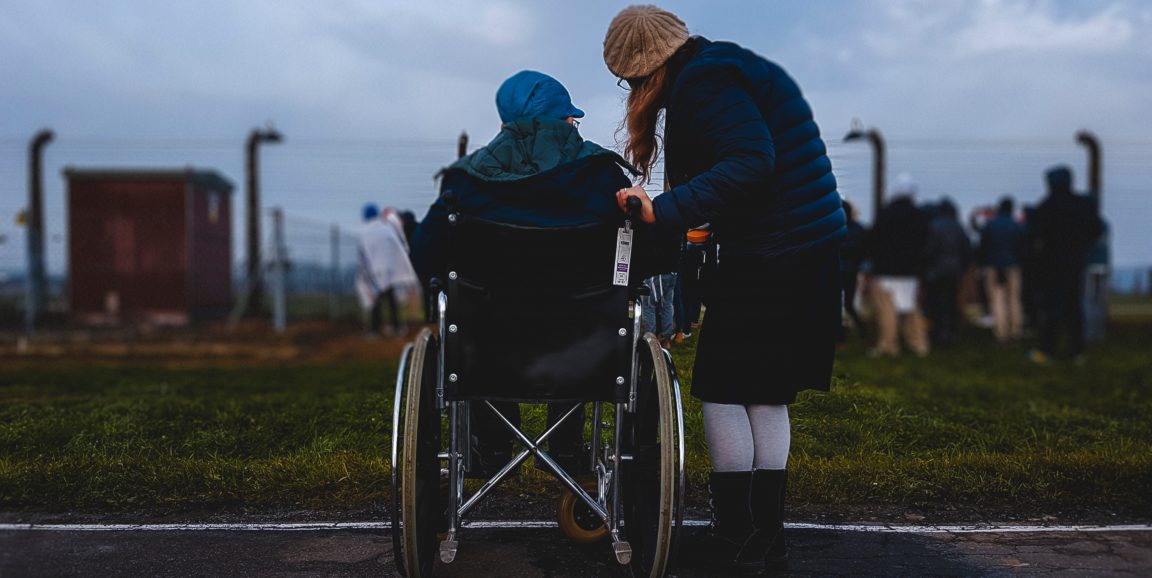Beyond the doctor's office, treatment completion, appointment follow up and other at-home care largely depends on the patient.
That, says Donna Zulman, MD, assistant professor of medicine at Stanford, can pose a challenge, especially when working with "high-need" patients who wrestle with chronic illnesses, socioeconomic challenges or other obstacles that limit their access to health care.
In a recent paper, Zulman and colleagues dug into some of the reasons that high-need patients may not actively participate in their own care, as well as the strategies that break from typical models of outpatient care to help these patients.
Zulman and I recently discussed the findings of the paper, which was published in the Journal of General Internal Medicine.
What is a high-need patient?
The term 'high-need' refers to a group of patients who typically have complex medical, social or behavioral challenges and account for disproportionate health care spending -- sometimes described as the 5 percent of patients who account for 50 percent of health care spending in this country. This population includes patients with advanced illnesses or disabilities, older adults with frailty and patients with multiple chronic conditions.
What barriers prevent high-need patients from completing outpatient programs?
...The most common structural issue was care fragmentation across health systems. Many high-need patients receive care from multiple physicians, clinics and social services in different settings.
At an individual level, challenges like financial insecurity, mental illness and substance use, physical symptoms and limitations, and a lack of social support were extremely common. One thing that stood out was the prevalence of socio-behavioral factors that pose major challenges for patients, including distrust of the health care system, transportation challenges, housing instability and other issues relating to the neighborhood and social environment.
How can outpatient programs successfully engage high-need patients?
First, the most [successful] teams included staff from diverse disciplines -- such as a physician, nurse, social worker and psychologist -- which increased the likelihood that someone on the team had the necessary expertise to address the patient's needs.
Including team members who had a shared experience with patients, whether that referred to roots in the same city, language concordance or a history of homelessness, was also described as helpful...
We heard all sorts of interesting stories about program staff who found time to visit patients in their homes, take them fishing, stand with them in line at the DMV and even go out in search of a prosthetic leg. These time-intensive and intimate activities were seen as pivotal moments that led to trusting relationships.
Programs require adequate time and resources to build relationships with patients, and they need to have the autonomy to address patients' needs on their own terms.
Photo by Josh Appel




